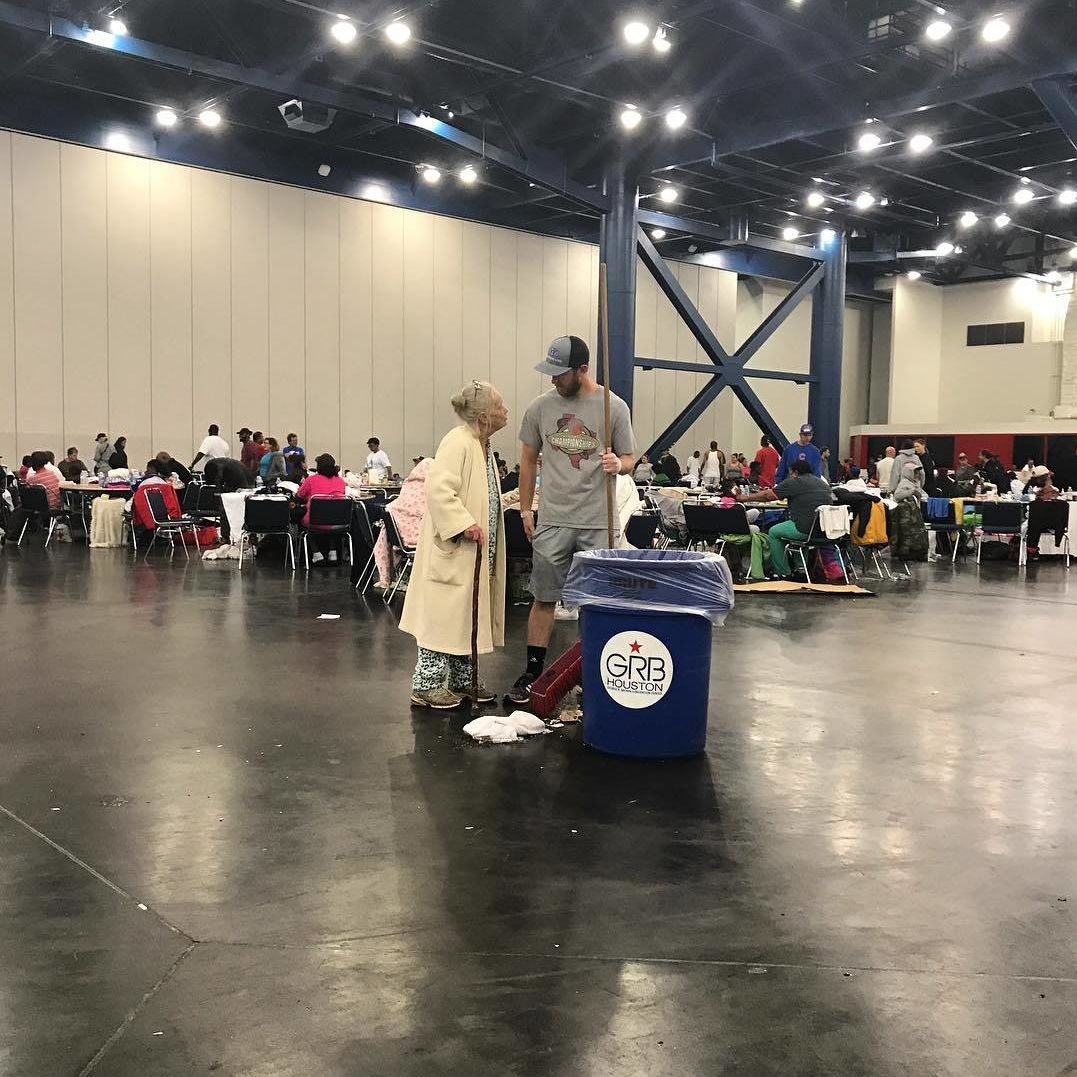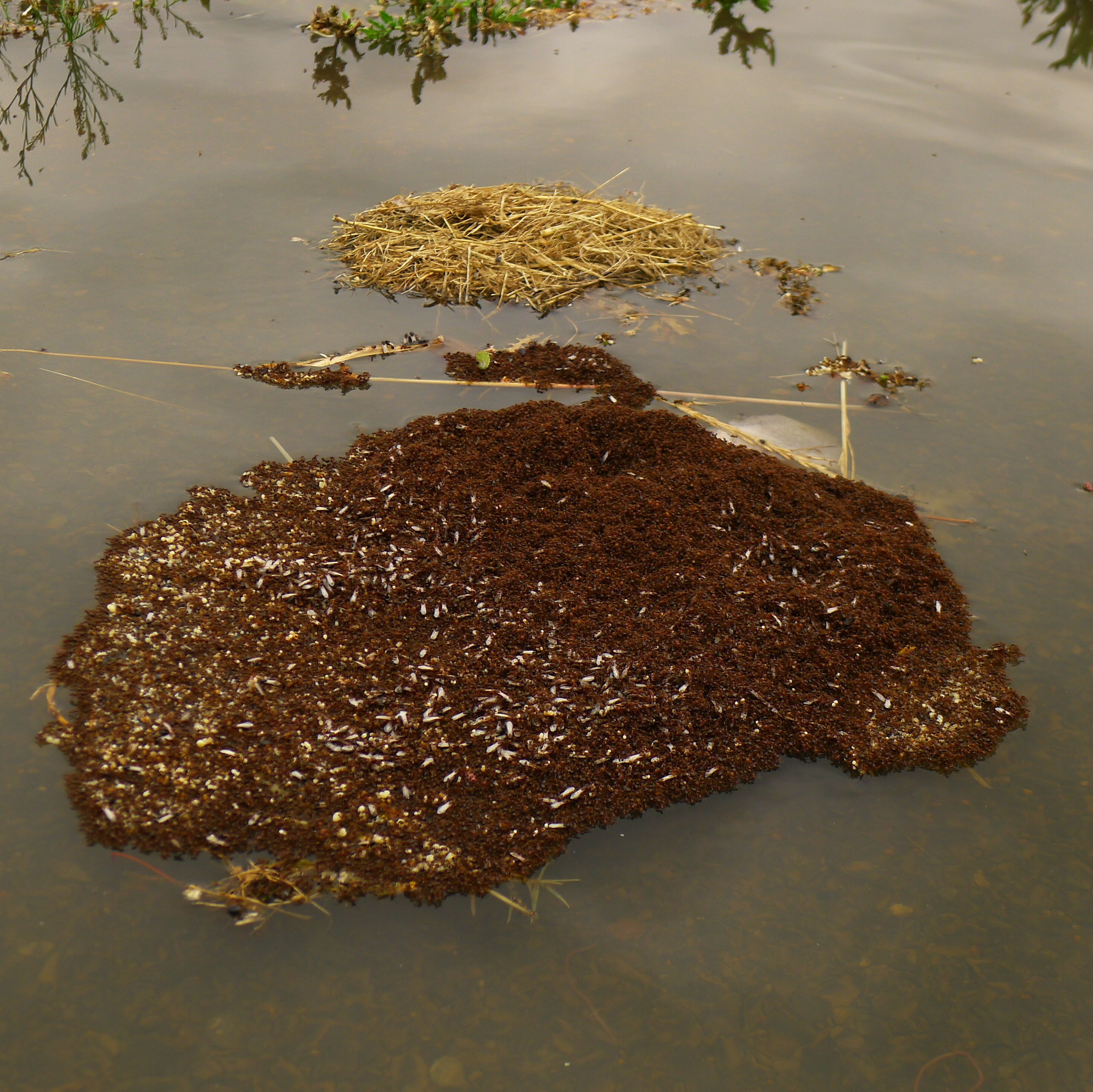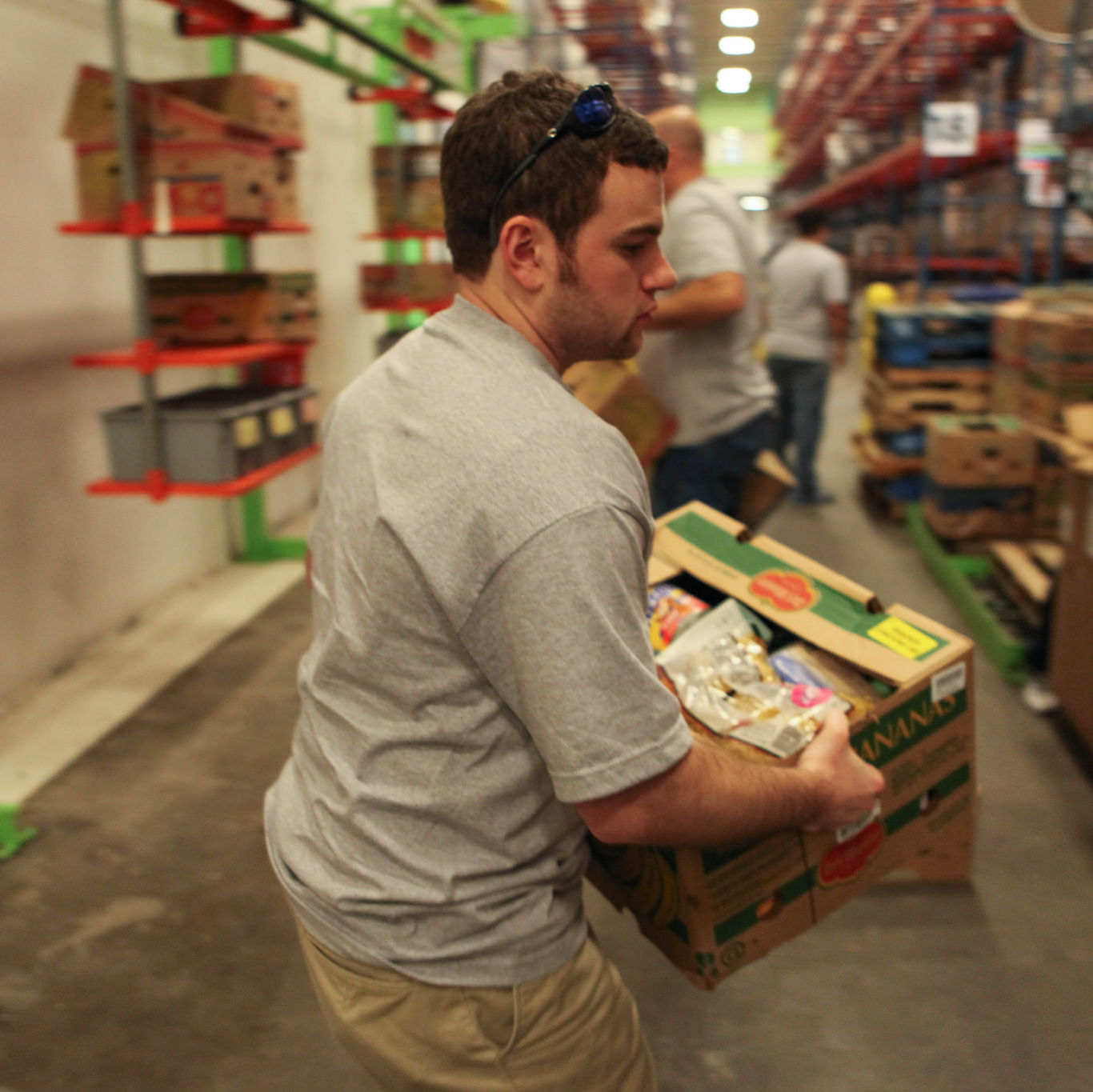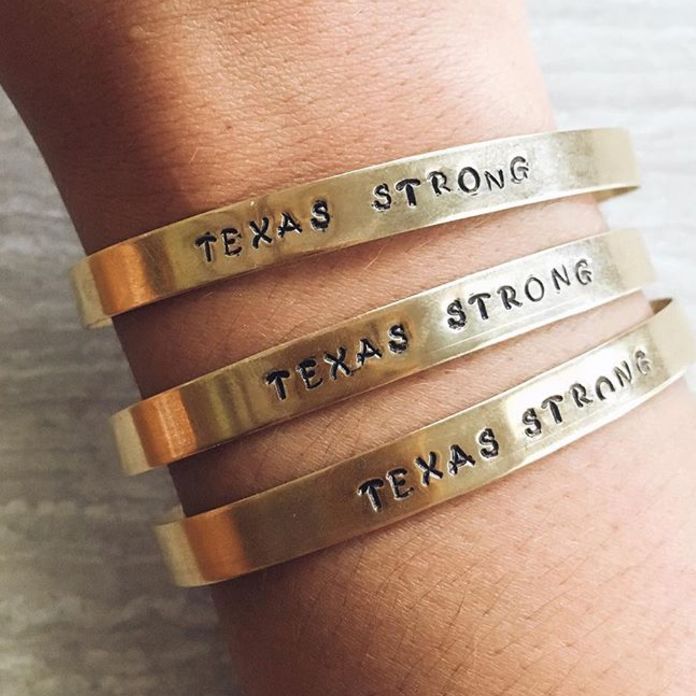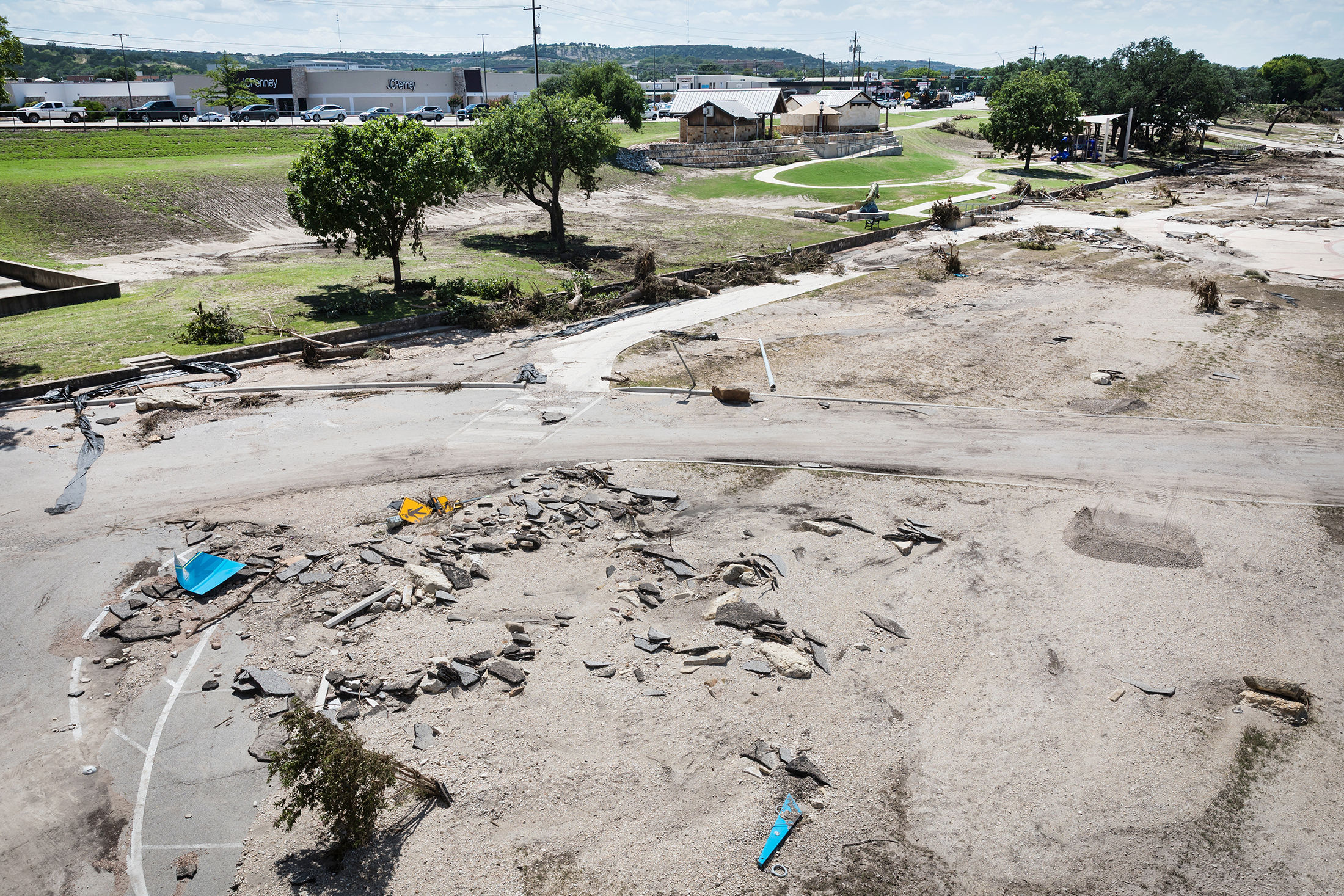What To Do Before Throwing Out Your Ruined Furniture

Image: Shutterstock
Interior designer Marie Flanigan was lucky this time—her home was not affected by flood waters—but as a Houstonian, she's been through it all before. Stuck at home after Harvey, her team wanted to help in any way they could, so they compiled an epic spreadsheet with tips to help Houstonians document their flood-damaged homes before filing an insurance claim.
"That's kind of what we do for a living, and people don't even know where to start, usually," says Flanigan. "Some people think you need to wait for [an] inspector, but with this amount of devastation, you can't wait. Mold starts to grow after 48 hours, so the best plan is to document as much as you can and start removal."
The flood documentation spreadsheet that the Marie Flanigan Interiors team created can be viewed and downloaded here—her tips are reprinted and expanded below.
- Take pictures that show how high the water got into your home. Videos are helpful too, to get a 360-degree view. (Also, see if you can find pictures of your home pre-flood. Those will help too.)
- Take pictures of everything the water touched from multiple angles. Include the time and date stamp on photos if possible.
- Use rulers to show height or depth of damage. Capture serial numbers of appliances if possible.
- Document a detailed inventory of each room. (This is what the spreadsheets are for.) Begin in one room and go slowly through each item. Take breaks.
- Consider everything touched by flood water.
- Keep samples of flooring and other damaged materials for documentation of previous quality.
- Document receipts with photos if you have them (and be sure to save and file receipts when you start replacing items, just in case there's a next time.) "We provide our clients a record of where everything's from and how much it cost as well as specifying what kind of wood or what fabric it was. It helps you get the full value," says Flanigan.
- Make a backup of your documentation, whether it's on the cloud or a jump drive.
Before throwing things out en masse, Flanigan says to consider what could potentially be saved.
"Anything that's been under water for 48 hours is probably trash, but items that were only in a few inches of water for a few hours could be restored. Consider whether you could replace just the legs," she says.
Though the task of recording and compiling all your losses can be physically and emotionally overwhelming, Flanigan's advice to go slow and take breaks is wise. Remember, this too shall pass.








